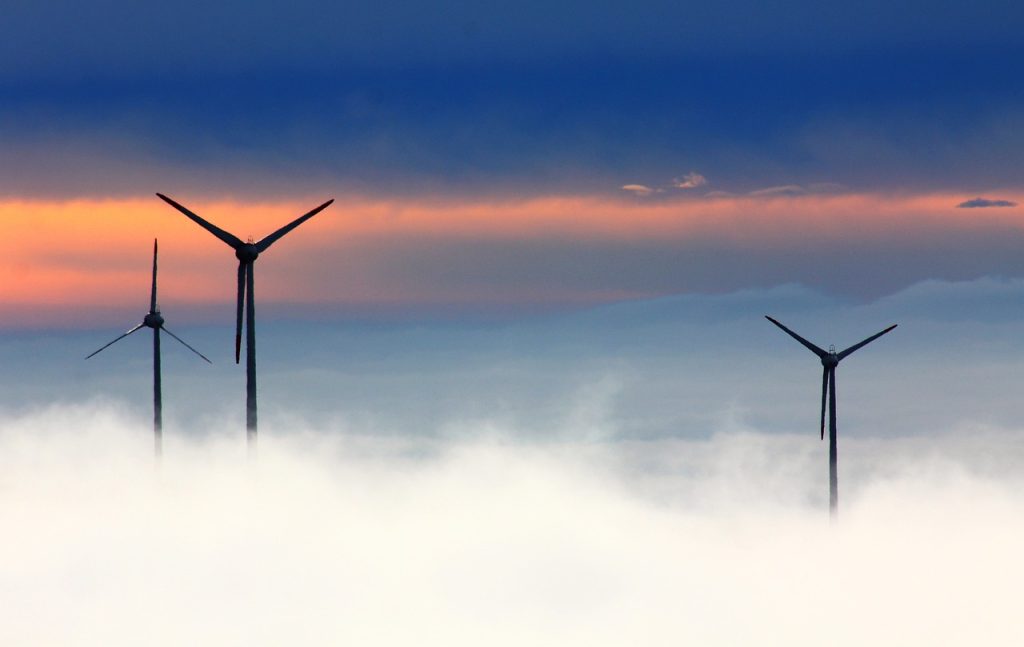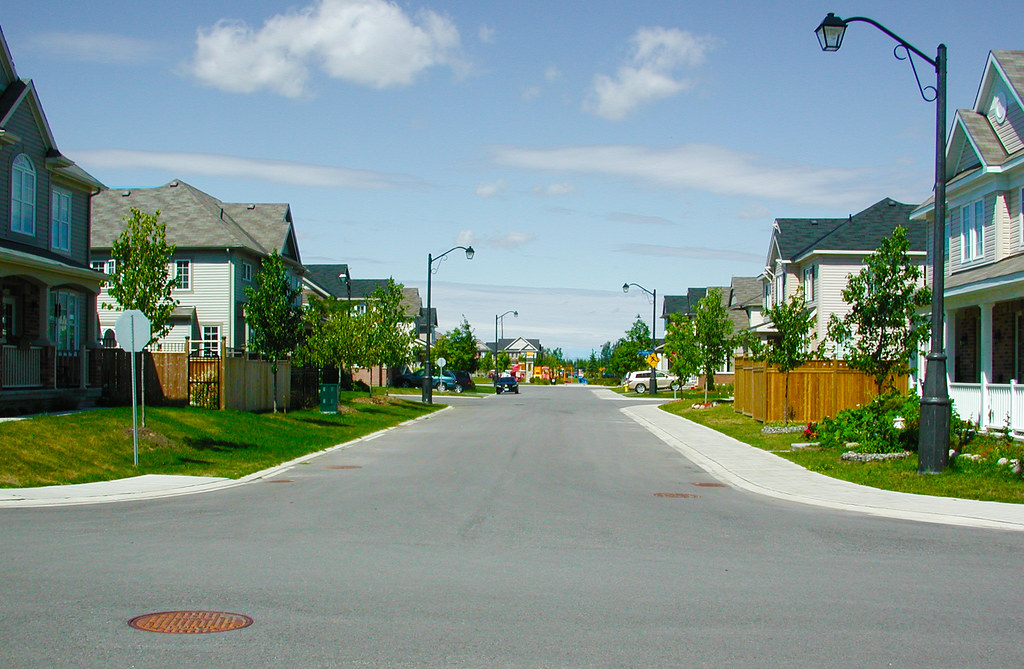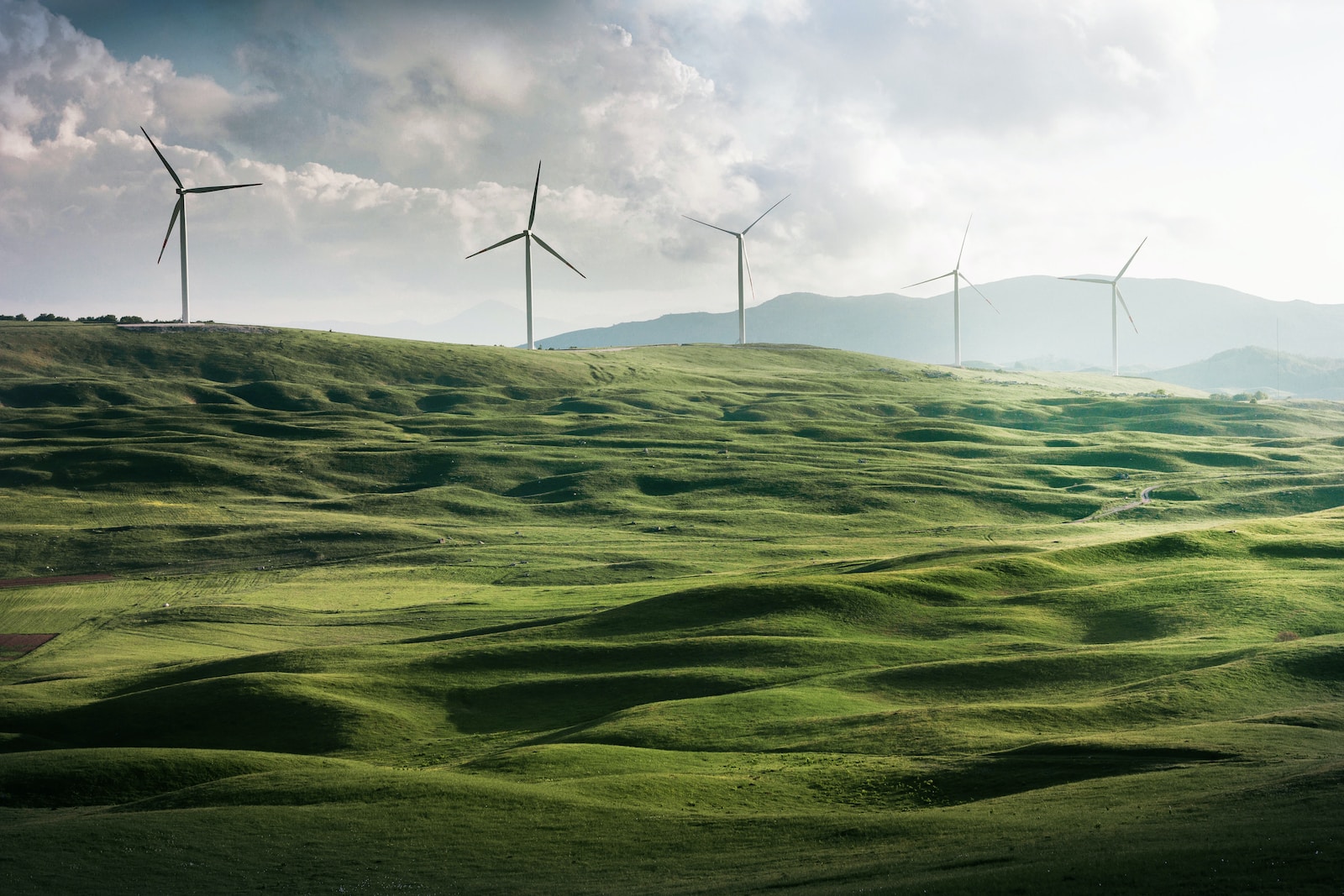Greetings, fellow container home enthusiasts! I’m Lulaa Black, your trusty guide in the world of container home living. For four years now, I’ve been sharing my insights, experiences, and the occasional dose of humor about this unconventional yet captivating way of life. Today, we’re delving into a crucial aspect of container home living: energy sources.
Container homes are celebrated for their eco-friendliness and sustainability, and choosing the right energy source is pivotal in upholding these values. So, let’s roll up our sleeves (or maybe just one sleeve, since we’re all about efficiency) and explore the diverse energy options for container homes.
Solar Power: Bask in the Glory of the Sun
Ah, solar power – the superhero of renewable energy sources. Container homes are particularly well-suited for harnessing the power of the sun, thanks to their flat, spacious rooftops. Solar panels, like tiny sun-catchers, convert sunlight into electricity, making it an ideal choice for those looking to minimize their carbon footprint.
Pros
- Renewable and abundant energy source.
- Low maintenance requirements.
- Reduced energy bills or even potential for selling excess power back to the grid.
Cons
- Initial installation costs can be high.
- Dependent on weather conditions and sunlight availability.
Example: Meet Alex and Emma, a couple living in a stylish container home nestled in the Californian hills. Their solar-powered abode not only lets them enjoy picturesque views but also keeps their energy bills close to zero. They’ve invested in energy-efficient appliances to make the most of their solar setup, truly living the green dream.
Wind Power: Let the Breezes Work for You

For those situated in windier regions, wind power is a tempting alternative to solar panels. Wind turbines can be installed near your container home to capture the kinetic energy of the wind and convert it into electricity.
Pros
- A viable option in areas with consistent winds.
- Produces electricity day and night, unlike solar power.
Cons
- High initial setup costs.
- Noise and visual impact may be a concern for some.
- Location-specific – not practical in areas with low or erratic wind patterns.
Example: David, a container home enthusiast in the breezy plains of Oklahoma, has embraced wind power as his primary energy source. His sleek wind turbine not only powers his home but also serves as a fascinating conversation starter when friends visit.
Hydro Power: Go with the Flow
If you’re lucky enough to have a water source near your container home, hydroelectric power could be your golden ticket. By harnessing the power of flowing water, you can generate clean and renewable energy.
Pros
- Renewable and reliable energy source.
- Low operating costs.
- Minimal environmental impact when properly managed.
Cons
- Highly location-dependent – not feasible for all container homes.
- Initial installation can be complex and costly.
Example: Sarah and Mark have built their container home right alongside a serene river in Oregon. They’ve ingeniously integrated a micro-hydroelectric system into their property, making them self-sufficient and environmentally conscious.
Biomass Energy: From Waste to Watts
Biomass energy involves converting organic materials like wood chips, crop residues, or even kitchen waste into energy. It’s a sustainable way to repurpose materials that would otherwise end up in a landfill.
Pros
- Utilizes organic waste, reducing landfill waste.
- Can be cost-effective, especially for those with access to ample biomass materials.
- Carbon-neutral when managed sustainably.
Cons
- Requires a constant supply of biomass materials.
- Emissions may be a concern if not properly managed.
Example: The Greenwoods, a container home family in Vermont, have mastered the art of biomass energy. They’ve set up a cozy wood-burning stove that not only heats their home during chilly winters but also generates electricity, all while using fallen branches and trimmings from their backyard.
Grid Connection: The Tried and True

Of course, if you’re looking for reliability and convenience, connecting your container home to the grid is a safe bet. It’s a classic choice that provides access to a consistent power supply, but it may not align with the self-sufficiency goals of some container home enthusiasts.
Pros
- Reliable and consistent power supply.
- Minimal setup hassle – just plug and play.
- Wide availability.
Cons
- Often relies on fossil fuels, contributing to carbon emissions.
- Limited control over energy source and costs.
Example: Meet Sam, who opted for grid connection for his container home in the heart of bustling New York City. While he might not be entirely off the grid, Sam’s energy-efficient lifestyle and conscientious energy use have earned him the title of “Green Urban Dweller.”
The Verdict: A Blend of Sustainability and Practicality
In the world of container homes, there’s no one-size-fits-all solution when it comes to energy sources. Your choice should align with your location, budget, and sustainability goals. Some container homeowners opt for a combination of these energy sources to strike a balance between self-sufficiency and reliability.
Remember, it’s not just about the energy source; it’s also about how you use that energy. Investing in energy-efficient appliances, insulation, and adopting conscious energy habits can significantly reduce your environmental impact, regardless of your energy source.
So, fellow container home enthusiasts, as you embark on your sustainable journey, consider the options available, and choose the one that best suits your container home and lifestyle. After all, it’s not just about where you live; it’s about how you live sustainably and happily in your cozy steel abode.
Stay green, stay creative, and keep rocking that container home life!
Signing off with a touch of steel and a dash of eco-love,
Lulaa Black



















Find Us on Socials